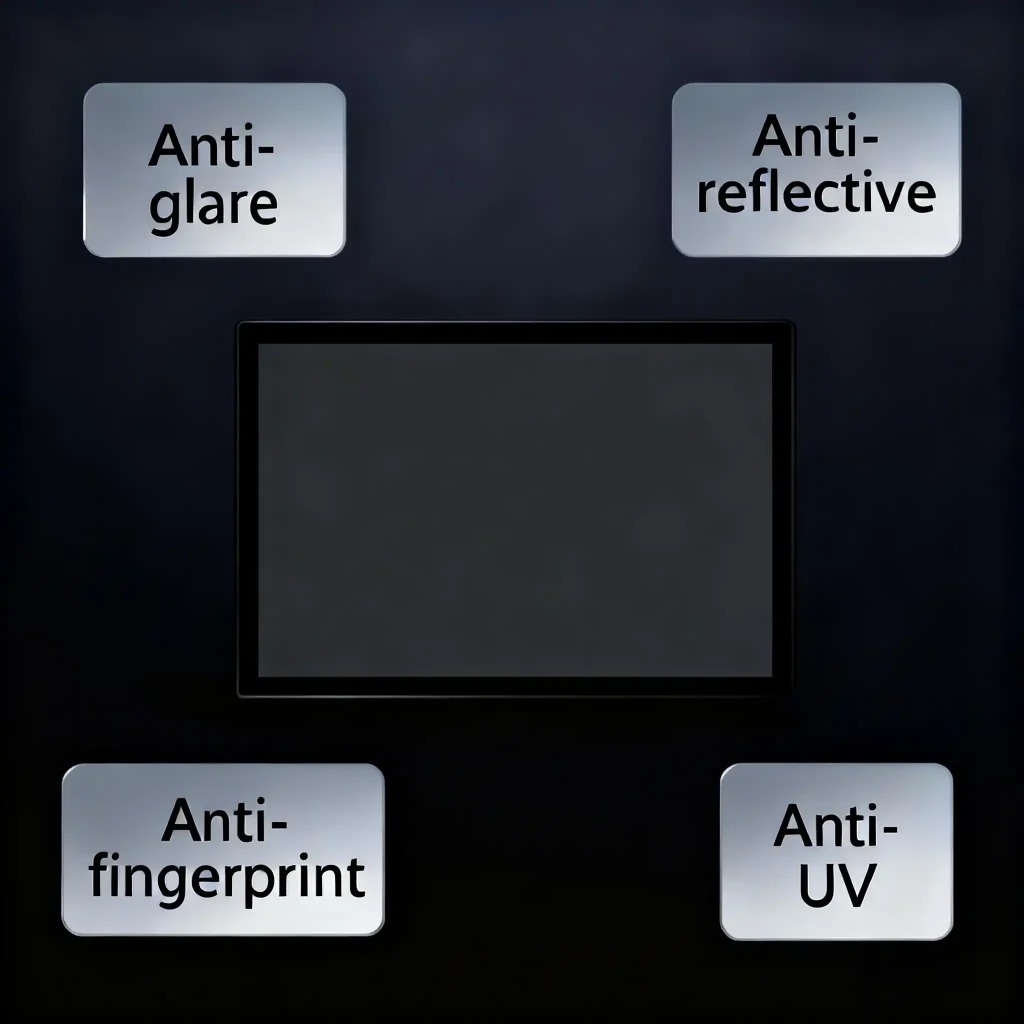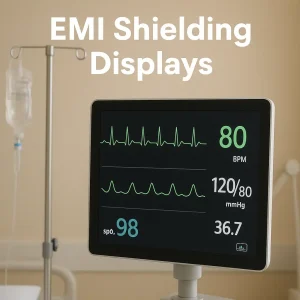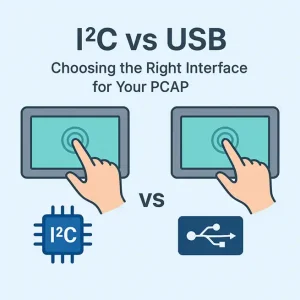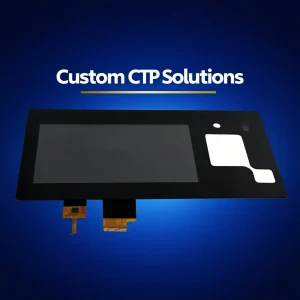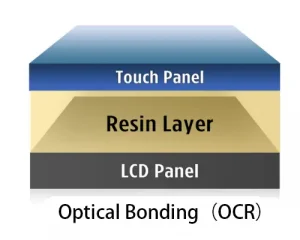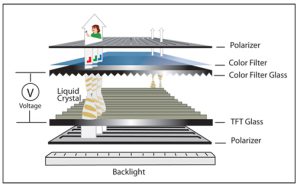Introduction to Display Surface Treatments
Why Surface Treatments Matter for LCD Displays
LCDs are often used in environments with strong light, frequent touch, or long-term exposure to the outdoors. Applying specialized surface treatments improves visibility, protects the screen from damage, and ensures a better user experience.
Overview of Anti Glare, Anti Reflective, Anti Fingerprint, and Anti UV Coatings
The four most common options are anti glare coating, anti reflective coating, anti fingerprint coating, and anti UV coating. Each enhances performance in different ways, and in many cases, they can be combined for multifunctional solutions.
| Surface Treatment | Key Function | Typical Applications |
|---|---|---|
| Anti Glare Coating | Reduces light reflection, improves readability | Industrial displays, outdoor LCDs, automotive screens |
| Anti Reflective Coating | Enhances contrast and clarity under strong light | Medical devices, precision instruments, advertising displays |
| Anti Fingerprint Coating | Keeps the screen clean, improves touch experience | Smartphones, tablets, POS systems, touch panels |
| Anti UV Coating | Protects against UV damage, extends display lifespan | Outdoor advertising screens, industrial LCDs, solar control panels |
What is Anti Glare LCD Technology?
An anti glare LCD is designed to minimize reflections from ambient light, making the screen easier to read in bright environments. Instead of allowing light to bounce directly back into the viewer’s eyes, the screen surface diffuses the light, improving visibility and reducing eye strain.
How Anti Glare Coating Works to Reduce Reflection
The principle of anti glare coating is to scatter incoming light so that strong reflections are minimized. This can be achieved in two main ways:
Coating Method for Anti Glare LCD
A thin anti glare coating layer is applied to the screen surface. The coating contains microscopic particles that create a matte finish, dispersing light in multiple directions and reducing direct reflections.
Etching Method for Anti Glare LCD
In this approach, the glass or plastic surface of the LCD is chemically or physically etched with fine patterns. These microscopic textures scatter light naturally, creating a durable anti glare effect without additional layers.
Key Benefits of Anti Glare LCD in Strong Light Conditions
-
Enhanced readability under sunlight or bright indoor lighting
-
Reduced glare that helps prevent visual fatigue during prolonged use
-
Stable image quality even at wide viewing angles
-
Improved comfort for users in professional or outdoor environments
Applications in Industrial, Outdoor, and Automotive Displays
-
Industrial Displays: Control panels, factory equipment, and test instruments
-
Outdoor LCDs: Kiosks, signage, and public information systems exposed to sunlight
-
Automotive Displays: Dashboard screens, infotainment systems, and navigation panels
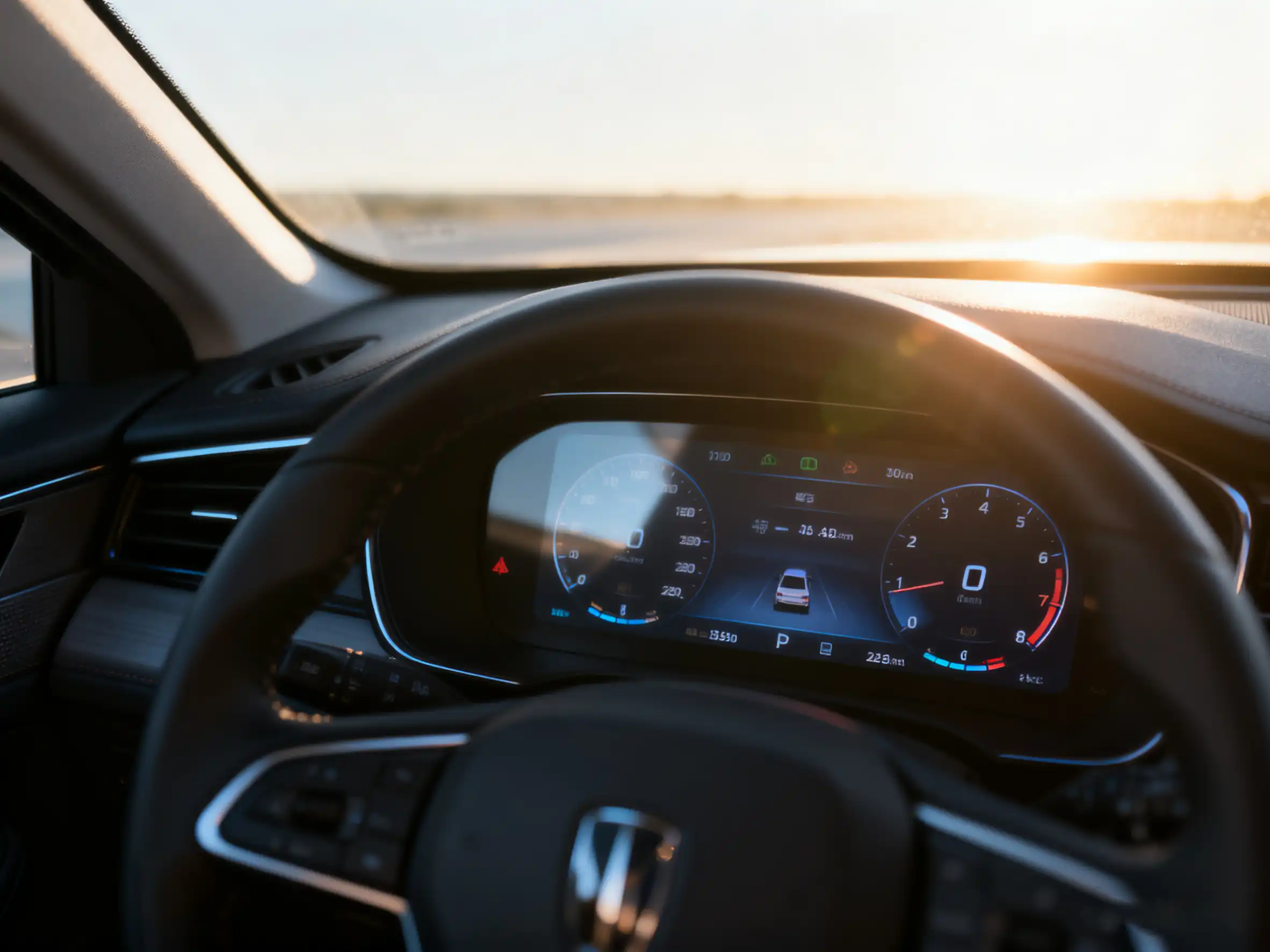
Anti Reflective Coating for Enhanced Clarity
What is Anti Reflective Coating?
An anti reflective coating is a thin, multi-layer optical film applied to the surface of an LCD. Its purpose is to minimize the amount of light that reflects off the display surface, allowing more light from the screen itself to pass through. This improves brightness perception and makes images appear sharper and clearer.
How Anti Reflective Coating Improves Contrast and Readability
By reducing surface reflections, anti reflective coating enhances the contrast ratio of an LCD. Colors look more vivid, black levels appear deeper, and the screen remains readable even under direct sunlight. The coating works by manipulating light waves so that reflected light cancels itself out, leaving the display content more visible to the user.
Common Applications in Medical Devices and Commercial Screens
Anti reflective LCDs are widely used in environments where accuracy and clarity are critical:
-
Medical Devices: Diagnostic monitors, surgical displays, and patient information systems that must remain clear under bright operating room lighting
-
Commercial Displays: Retail signage, digital advertising screens, and kiosks exposed to both indoor and outdoor light sources
-
Precision Instruments: Navigation systems, measurement equipment, and laboratory devices where readability is essential

Anti Fingerprint Coating for Touchscreens
What is Anti Fingerprint Coating?
An anti fingerprint coating (also called AF coating) is a thin, oleophobic layer applied to the surface of an LCD or touchscreen. Its main purpose is to repel oil and moisture from fingers, making smudges less visible and the surface much easier to clean.
Benefits of AF Coating in Touch Displays
Applying an anti fingerprint coating improves both the aesthetics and usability of touch-enabled devices:
-
Reduces smudges and grease buildup on the screen surface
-
Makes cleaning quicker and more effective
-
Enhances smooth touch operation with less resistance
-
Maintains screen clarity for a longer time in daily use
Applications in Smartphones, POS Systems, and Industrial Touch Panels
AF coatings are widely used across consumer and professional devices:
-
Smartphones and Tablets: Keeps portable devices clean during frequent use
-
POS Systems: Improves hygiene and appearance in retail and hospitality settings
-
Industrial Touch Panels: Ensures visibility and usability in environments with dust, oil, or frequent operator interaction

Anti UV Coating for Outdoor Display Protection
What is Anti UV Coating?
An anti UV coating is a protective layer applied to LCD surfaces to block harmful ultraviolet (UV) rays. UV exposure can accelerate material degradation, cause yellowing, and reduce display brightness over time. By filtering UV light, this coating helps preserve both the appearance and performance of the display.
Benefits of UV Protection in Extending LCD Lifespan
Adding an anti UV coating provides multiple advantages for long-term display use:
-
Prevents screen yellowing and material aging caused by UV radiation
-
Maintains stable brightness and color accuracy over years of operation
-
Extends the overall service life of outdoor and industrial LCDs
-
Protects sensitive optical layers inside the display structure
Applications in Outdoor Advertising, Industrial Displays, and Solar Equipment
Anti UV coatings are essential for displays exposed to sunlight or outdoor environments:
-
Outdoor Advertising Screens: Digital signage and billboards that require long-lasting visibility
-
Industrial Displays: Equipment monitors and control panels used in outdoor or semi-outdoor settings
-
Solar Control Panels & Smart Energy Systems: LCDs integrated into solar or renewable energy equipment, where UV exposure is constant
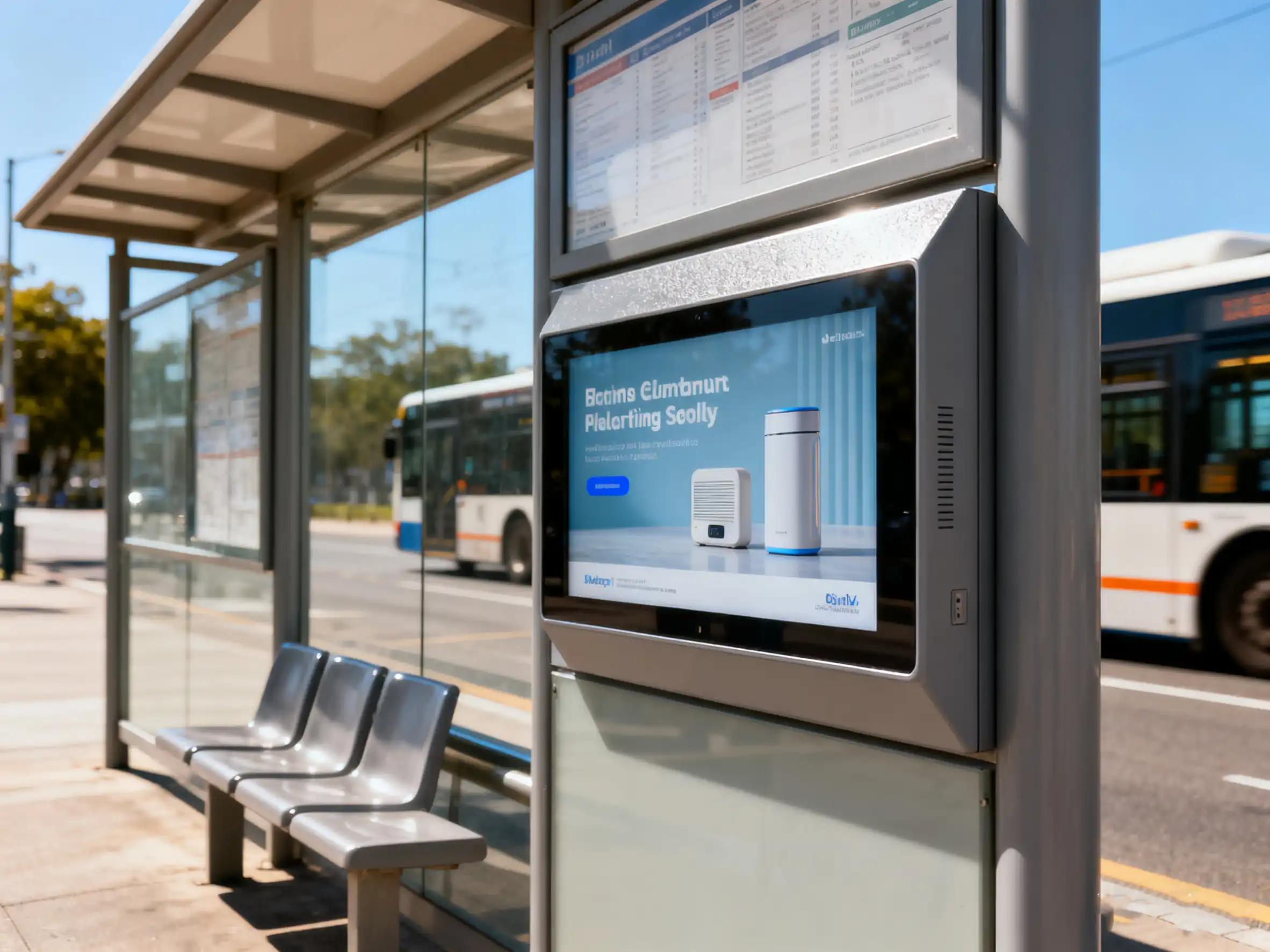
Conclusion: Choosing the Right Surface Treatment for Your LCD Display
Matching Coatings to Application Needs
Choosing the right surface treatment depends on the environment and how the display will be used:
-
Anti Glare Coating improves readability in bright or outdoor conditions.
-
Anti Reflective Coating enhances contrast and clarity under strong light.
-
Anti Fingerprint Coating keeps touchscreens clean and smooth for a better user experience.
-
Anti UV Coating protects displays from sunlight and helps maintain long-term performance.
Combining Coatings for Optimal Performance
In many cases, combining multiple coatings can deliver the best results:
-
AG + AF: Improves readability while keeping touchscreens clean.
-
AR + UV: Enhances visibility and protects displays exposed to sunlight.
-
AF + UV: Keeps touchscreens easy to use while extending outdoor durability.
Selecting the right combination ensures the display remains readable, durable, and user-friendly in its intended environment.

